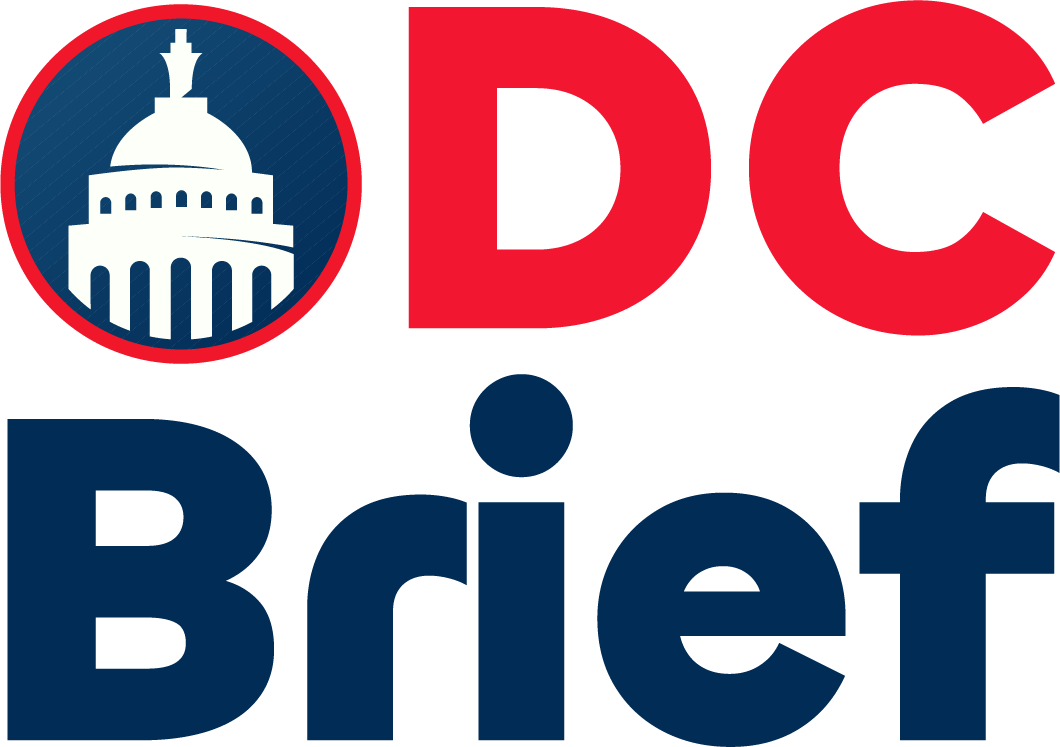A new analysis finds a heavy tariff cost burden on American entities. United States businesses and consumers shoulder most tariff expenses now. Foreign exporters are not paying the majority of these costs. Goldman Sachs economists provided these detailed estimates in a recent report. American businesses are currently absorbing fifty-one percent of the costs. American consumers are simultaneously shouldering another thirty-seven percent of the burden.
Only nine percent of the cost falls on foreign exporters. Another three percent is attributed to potential tariff evasion practices. This tariff cost burden is shifting significantly over the coming year. American consumers will eventually absorb most of the financial pain. Their share will rise to fifty-five percent by late 2025. The share falling on domestic businesses will then drop substantially.
The net impact on businesses appears modest for specific reasons. Some companies bear large costs for using imported goods. Other domestic producers gain from less foreign market competition. These protected producers can then raise their own product prices. The comprehensive report also examined the inflationary impact of tariffs. Tariffs have pushed inflation higher this year by half a point.
Core personal consumption expenditure prices have risen due to this policy. The full effects are expected to continue rippling through the economy. The passthrough of costs to consumers will likely increase further. This will add more pressure to the overall inflation rate. Federal Reserve officials are watching this inflationary trend very closely. Their preferred inflation gauge remains well above the two percent target.
Concern over tariffs influenced their decision on interest rate cuts. Policymakers refrained from cutting rates for much of this year. They only approved a small cut in the recent September. This decision came alongside signs of a weakening labor market. The ongoing tariff cost burden continues to shape critical economic policy. American households and companies feel this financial pressure every day.


